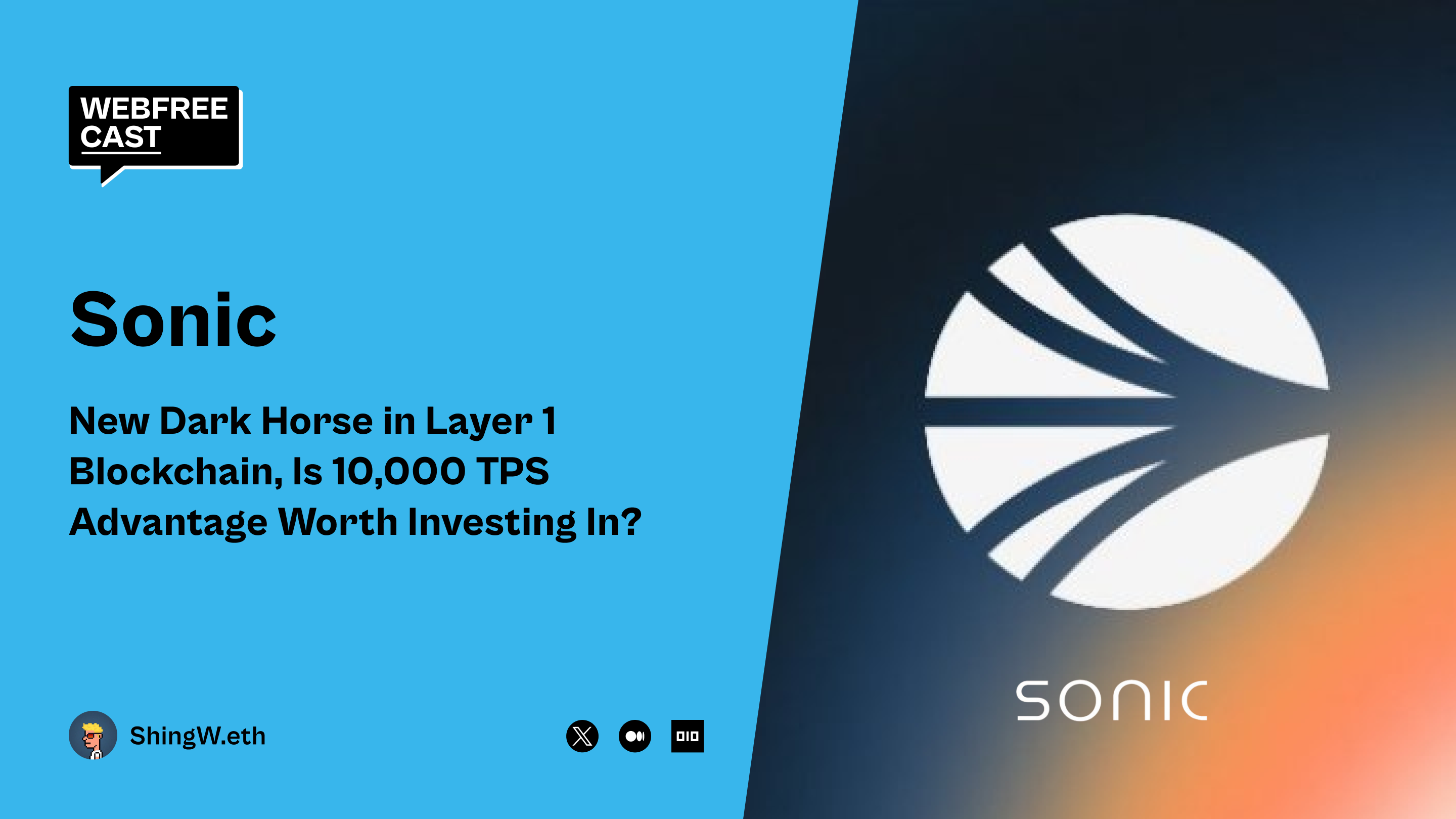
Sonic is a Layer 1 blockchain compatible with the Ethereum Virtual Machine (EVM), with ultra-high transaction processing capacity, capable of processing over 10,000 transactions per second (TPS), and achieving sub-second transaction confirmation. Its goal is to provide developers with a powerful infrastructure and attractive incentive mechanisms to drive the development of decentralized applications (DApps).
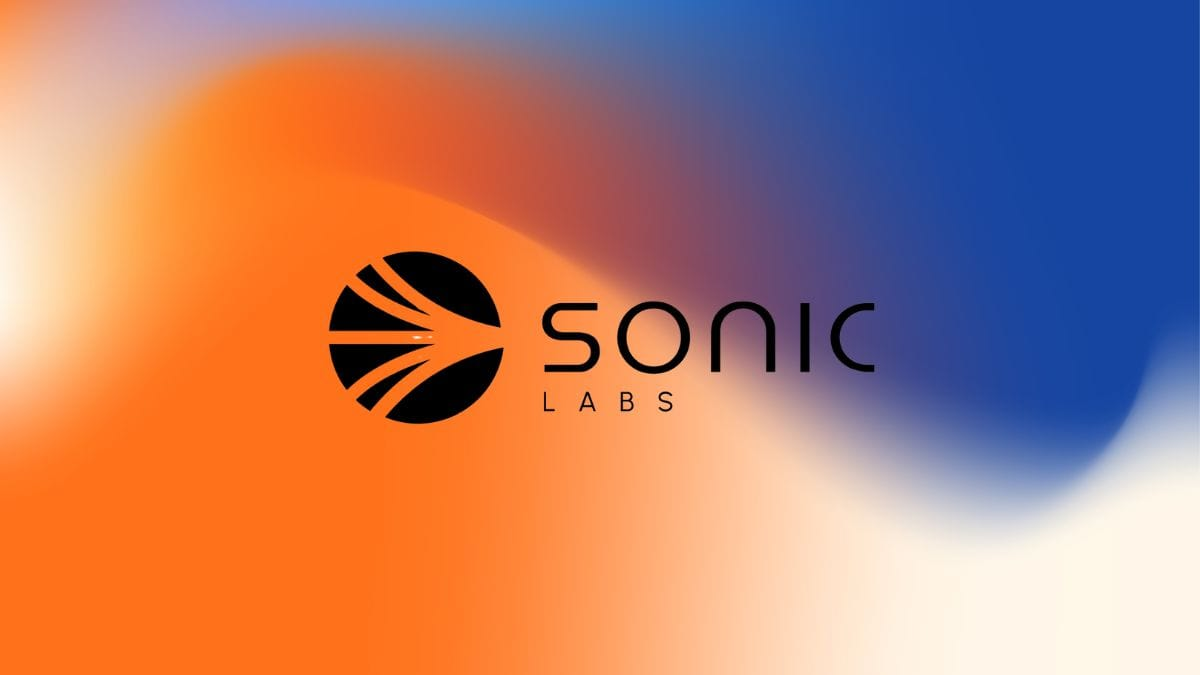
Features and Technical Foundations of Sonic
Sonic has an extremely high transaction throughput, capable of supporting over 10,000 transactions per second, and transaction confirmation time is less than 1 second, providing a smoother user experience for decentralized applications. In addition, Sonic is seamlessly connected to Ethereum, providing secure cross-chain bridging capabilities through the Sonic Gateway, allowing it to achieve decentralized interoperability with the Ethereum ecosystem.
Sonic has adopted an innovative revenue sharing mechanism, through the Fee Monetization (FeeM) model, where developers can receive up to 90% of the network's transaction fee revenue, similar to the traditional Web2 platform's advertising revenue sharing model, significantly increasing the earning potential for developers. The Sonic Gateway provides a decentralized cross-chain solution, ensuring the secure transfer of assets between different chains. If the gateway is unable to operate for 14 days, users can retrieve their assets on Ethereum, further enhancing asset security.
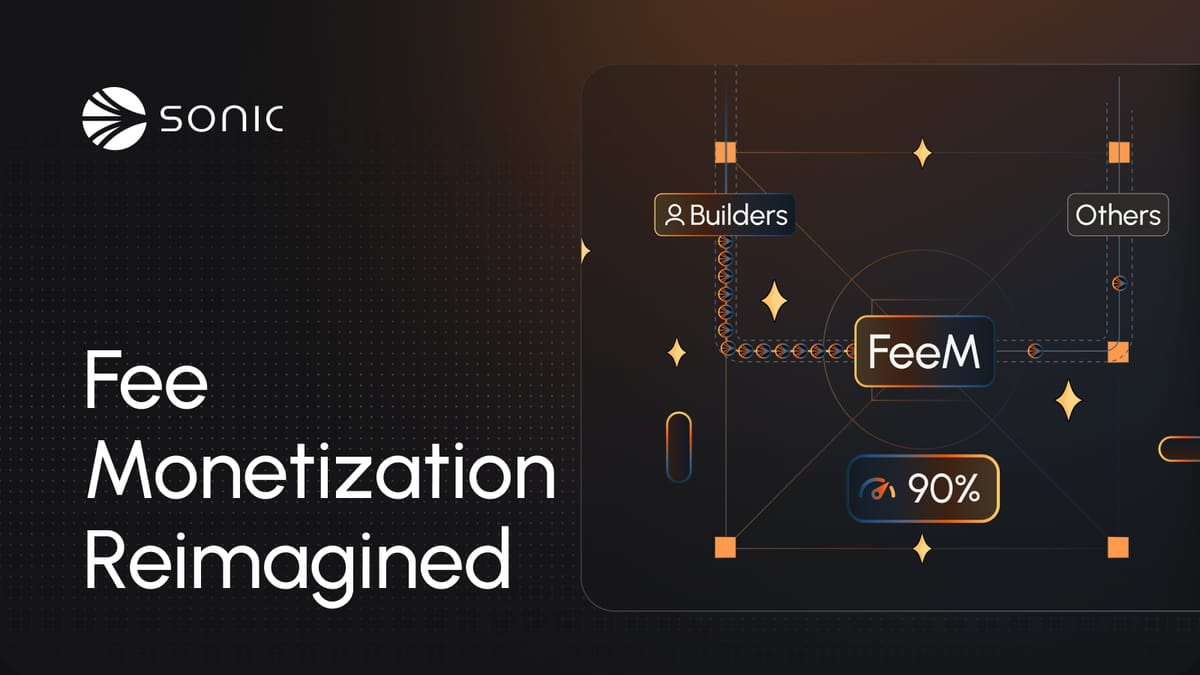
Sonic also adopts the Carmen data storage technology, significantly reducing the on-chain storage requirements, reducing node storage requirements from 2000GB to 300GB, and historical data storage requirements from 11TB to 1TB, significantly improving the network's operational efficiency.
Sonic's Origins and Transformation
Sonic's predecessor was Fantom (FTM), which was a popular Layer 1 blockchain in the DeFi field. Fantom was created by Andre Cronje (the "DeFi godfather") and others, and with its high efficiency and low transaction fees, it became an important participant in the DeFi boom of 2021. However, with increasing market competition, Fantom faced issues such as the hacking of its cross-chain bridge Multichain, which affected the development of its ecosystem. To address these challenges, the Fantom team decided to undergo a technical upgrade and brand repositioning, launching Sonic and introducing a new token $S to replace $FTM.

This transformation has brought about technical upgrades, revolutions in developer incentive mechanisms, and stronger Ethereum compatibility, making Sonic the infrastructure for the next generation of DeFi and blockchain applications.
Sonic's Core Team
Sonic is developed by Sonic Labs (formerly Fantom Foundation), and the core team members include Andre Cronje, who is the co-founder and Chief Technology Officer (CTO) of Sonic, and a legendary developer in the DeFi field. In addition, Michael Kong serves as the Chief Executive Officer (CEO), responsible for strategy and technical development, Joseph Epstein as the Chief Marketing Officer (CMO), responsible for promotion and ecosystem expansion, and the core developer Evgenii Danilenko, who is responsible for network architecture and smart contract optimization. Sonic has also received support from several well-known investment institutions, such as Paradigm, Jump Trading, SoftBank, Aave, and Alameda Research.
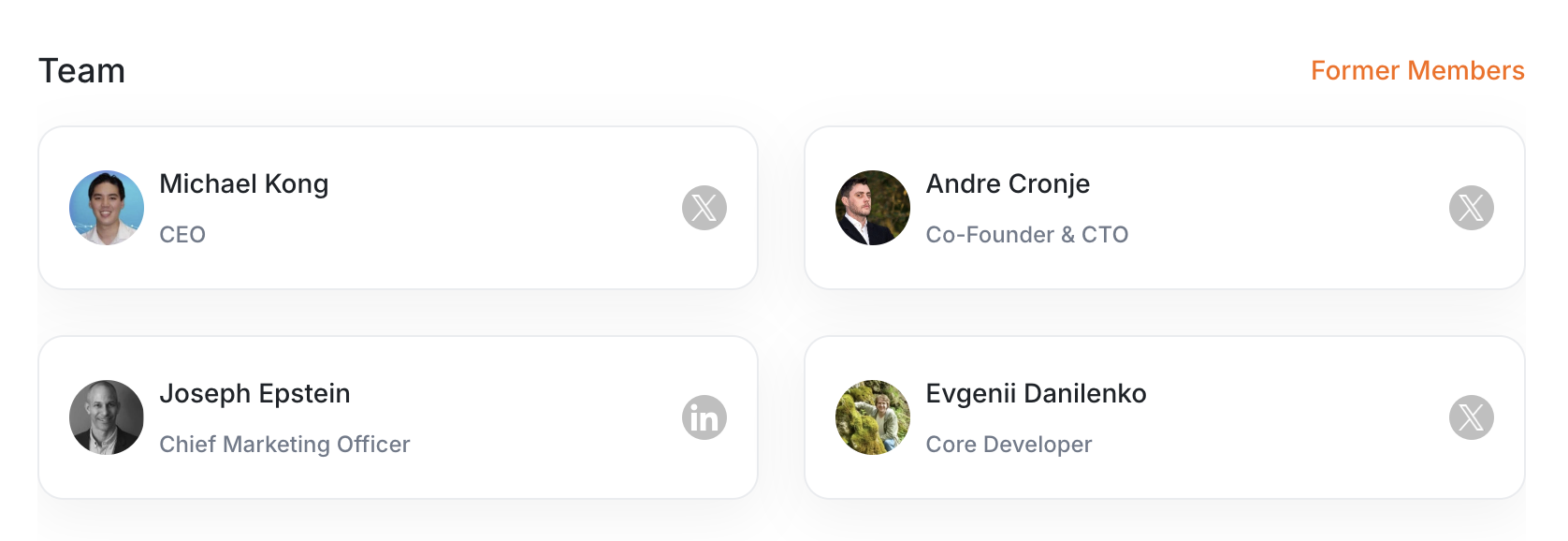
Sonic's Total Value Locked and Market Enthusiasm
Currently, Sonic's total value locked (TVL) has exceeded $679 million, with a 125% growth this month, indicating a large influx of users and projects into the Sonic ecosystem, particularly to participate in the airdrop activities. This wave of enthusiasm is not only due to Sonic's technical advantages, but also closely related to its generous incentive programs.

How to Participate in Sonic Airdrops?
Sonic plans to distribute 190.5 million $S tokens through airdrops, primarily targeting developers and early users. The ways to participate in the airdrops include the Sonic Points program, where users can exchange their FTM tokens 1:1 for $S and receive additional points. Additionally, providing liquidity to Sonic's on-chain DEX or transferring assets across chains through the Sonic Gateway can also earn airdrop rewards.
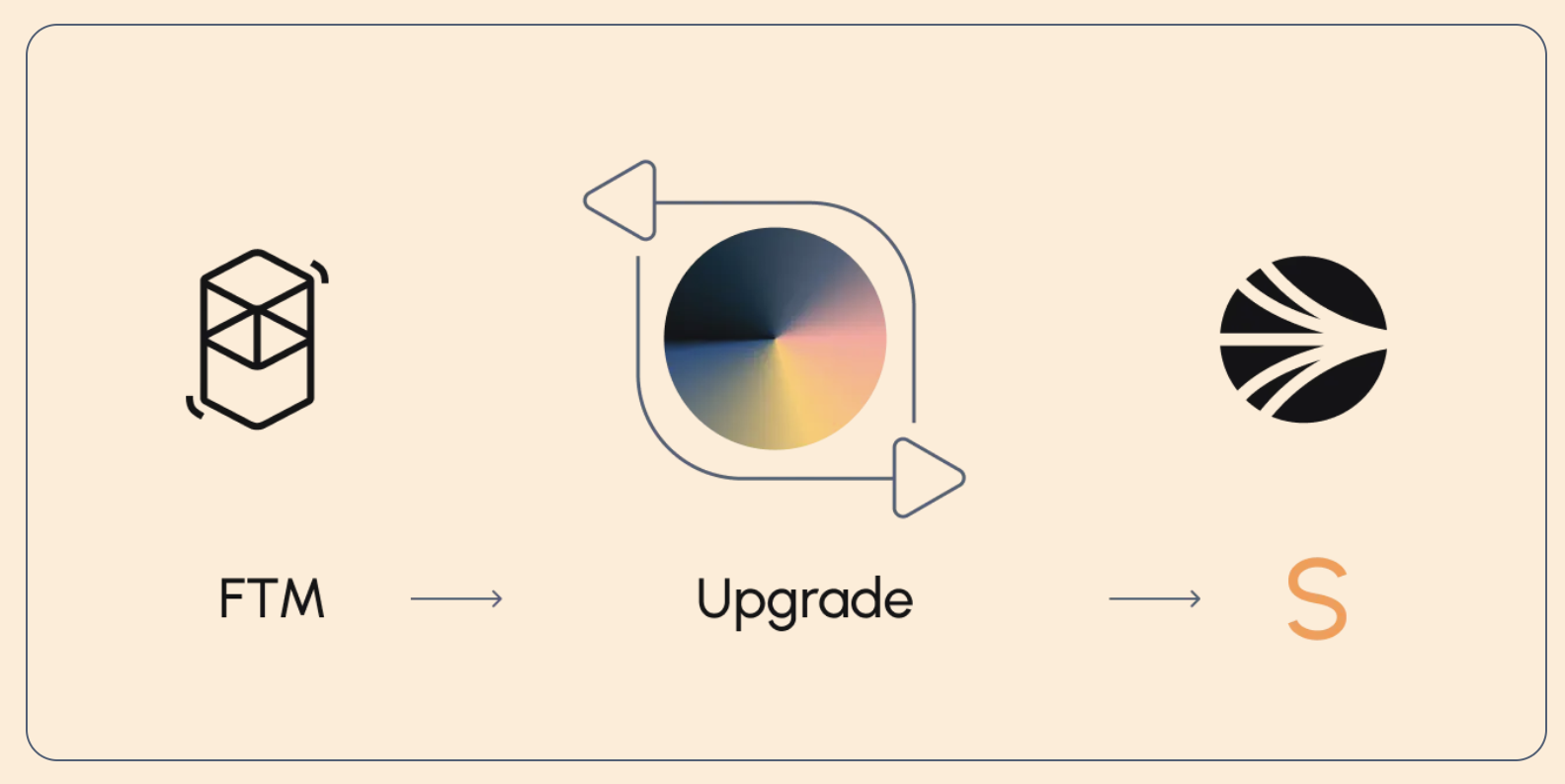
Sonic Gems is a reward mechanism designed specifically for developers, where developers can earn Sonic Gems by deploying applications, and receive more rewards by driving user participation. Developers of DeFi, Non-Fungible Token (NFT), and GameFi applications can also receive these rewards.
Sonic has also launched the Sonic Arcade airdrop program, which is suitable for new users. Players can connect their wallets and participate in daily tasks, such as trading and providing liquidity, to accumulate Sonic Arcade points and unlock airdrop eligibility.

Noteworthy Sonic Ecosystem Projects
Currently, there are several popular projects in the Sonic ecosystem that users can participate in to earn airdrop rewards. Among them, Shadow Exchange is Sonic's native decentralized exchange (DEX), using an innovative x(3,3) mechanism to increase the earnings of liquidity providers. Shadow Exchange's TVL has exceeded $120 million, with trading volume continuously growing.
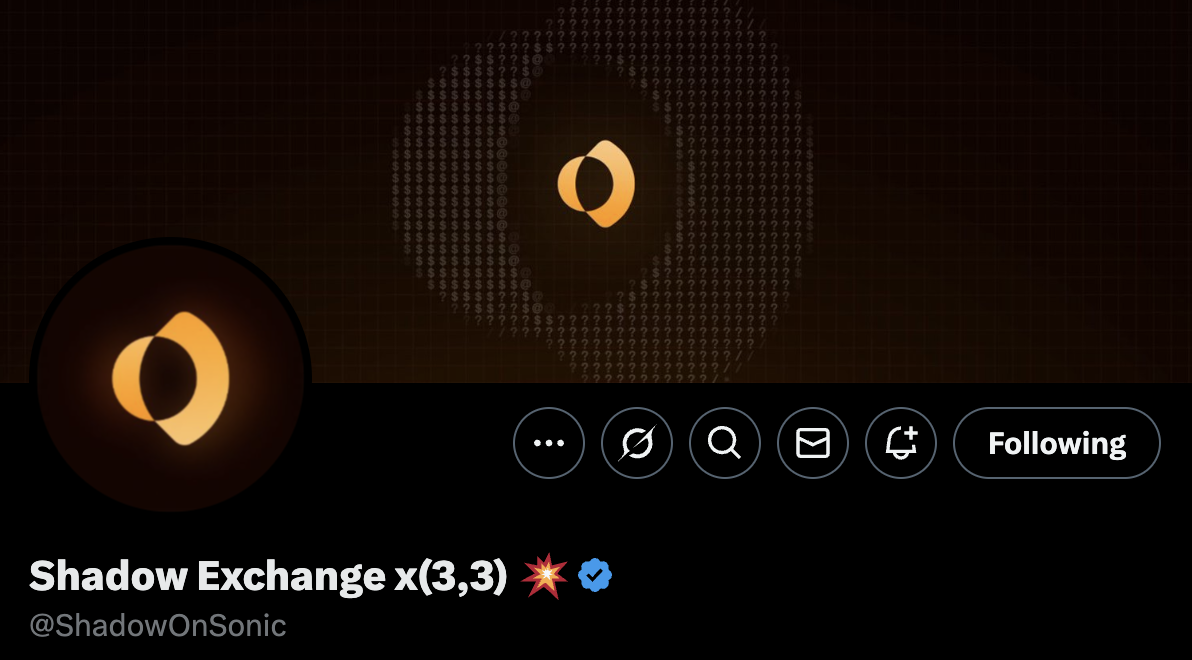
Silo Finance is the largest lending protocol in the Sonic ecosystem, with a TVL of $232 million, supporting Sonic tokens as collateral assets and offering highly competitive interest rates. Additionally, Metropolis provides automated liquidity management, improving capital efficiency, and its token $METRO has recently surged over 672%, attracting significant market attention.
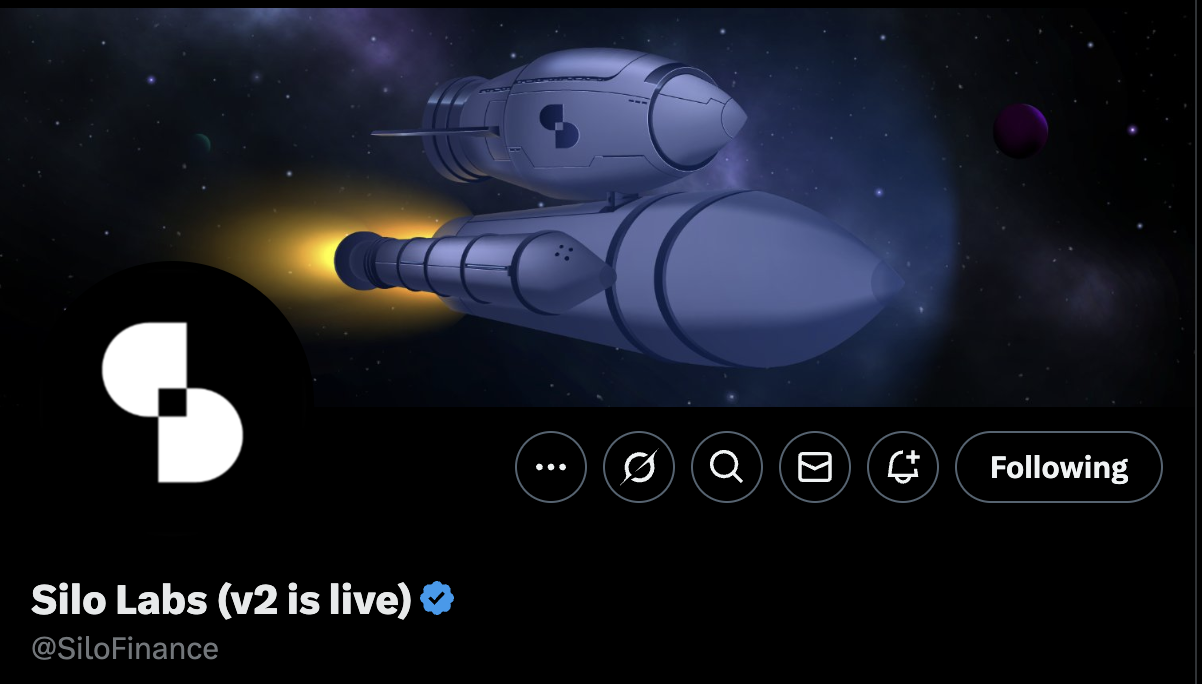
In the gaming domain, Sacra RPG is a dark fantasy RPG game fully integrated with the Sonic blockchain, which has attracted a large number of GameFi players, with its trading volume accounting for 25% of the Sonic ecosystem. Additionally, Sonic is hosting a Meme Coin competition, where the top 10 Meme Coin holders can collectively share 1 million OS tokens, and well-known Meme Coins such as $DERP, $GOGLZ, and $INDI have also gained significant market attention.
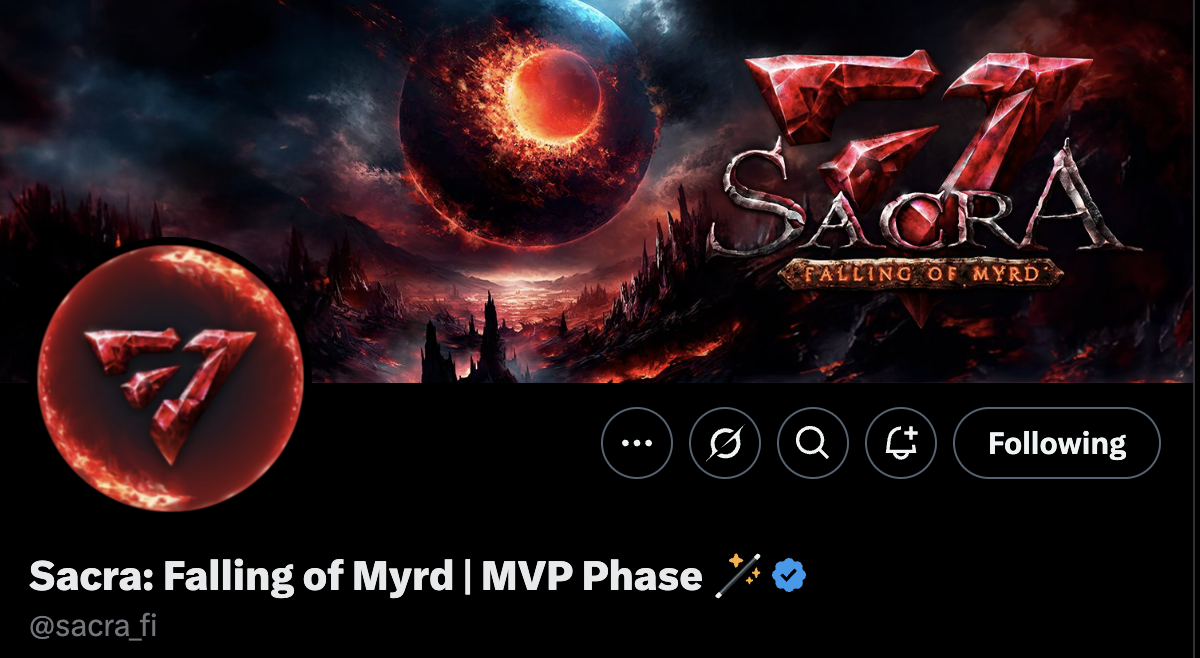
Conclusion
As an upgraded version of Fantom, Sonic has become a new focus in the DeFi field through technical improvements and a completely new incentive mechanism. Its high throughput, fast transaction confirmation, and decentralized cross-chain functionality bring unprecedented experiences for developers and users. With Sonic's rapidly growing total value locked and the expansion of its ecosystem driven by airdrop programs, it will be exciting to see whether Sonic can become the new Layer 1 champion in the future.



